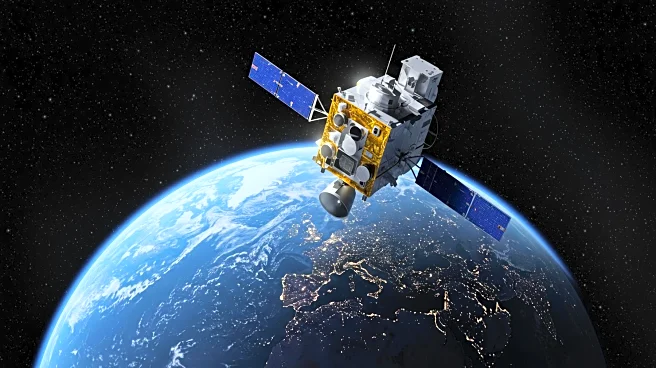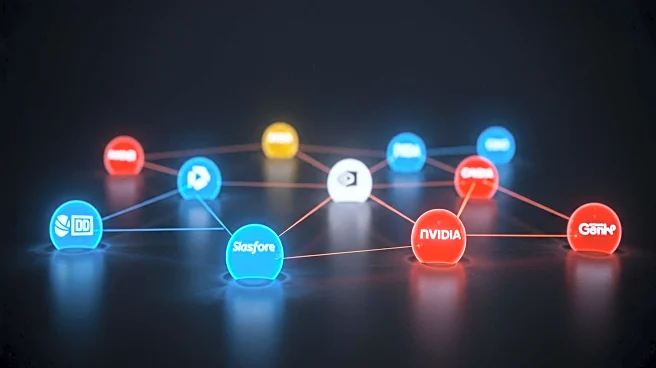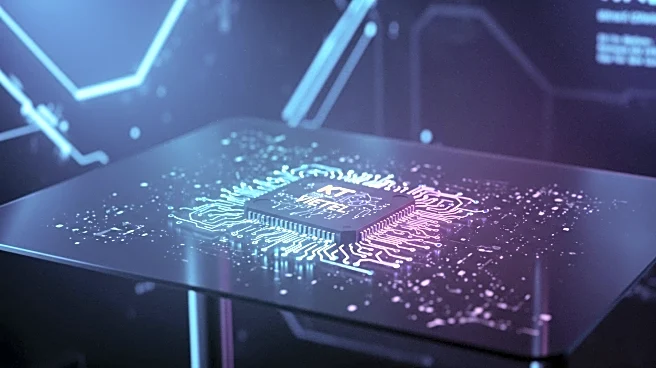What is the story about?
What's Happening?
SkySense++, a remote sensing foundation model (RSFM), has been introduced to improve Earth observation tasks by leveraging pretraining on vast multi-modal remote sensing images (RSIs). This model addresses the challenges posed by the complexity and heterogeneity of data from diverse satellite platforms, which include optical, infrared, and radar signals. SkySense++ enhances generalizability across various Earth observation applications, allowing for adaptation to different downstream tasks through fine-tuning. The model's ability to handle unseen tasks with minimal labeled data without fine-tuning is particularly beneficial for time-sensitive applications. Future work aims to scale the model further and integrate large language models to enhance performance across a broader range of tasks.
Why It's Important?
The development of SkySense++ is significant as it addresses the limitations faced by traditional remote sensing models, such as inadequate support for multi-modal and temporal inputs and limited few-shot capabilities. By improving the generalizability and adaptability of Earth observation models, SkySense++ can enhance the accuracy and depth of analytical and interpretative power in geoscience applications. This advancement has the potential to improve decision-making in areas such as environmental monitoring, disaster response, and resource management, benefiting industries and policymakers who rely on accurate and timely Earth observation data.
What's Next?
Future developments for SkySense++ include scaling the model and exploring the integration of large language models to enhance its performance across a broader range of tasks. Additionally, the model will be coupled with multi-type geoscience knowledge, such as physical models and geographical principles, to further improve its analytical capabilities. These advancements could lead to more accurate and comprehensive Earth observation applications, providing valuable insights for various stakeholders.
AI Generated Content
Do you find this article useful?











